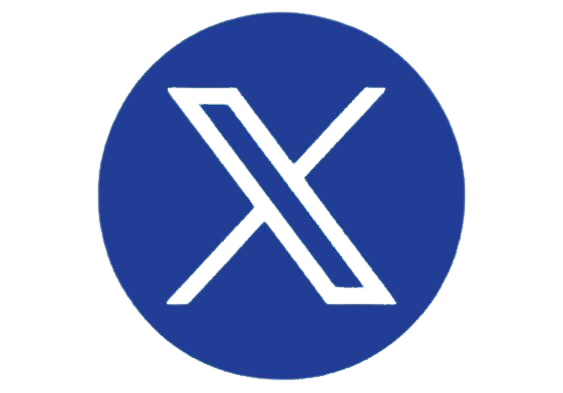Sign up for The Key Point of View, our weekly newsletter of blogs and podcasts!
Our “AI Cheat Sheet” infographic highlights some of the most recognizable artificial intelligence (AI) platforms on the market—the ones everyone seems to be talking about, anyway. But the AI ecosystem is far more expansive than a handful of headline-makers. Entire categories of tools are quietly transforming industries, reshaping workflows, and expanding what’s possible for professionals and everyday users. These lesser-discussed applications may not get the same buzz as chatbots or marketing assistants, but their impact is undeniable.
The Assistants: Writing, Coding, Investing
Another lens on this landscape comes from a recent comparison of leading AI assistants, which examined how different platforms align with different user needs. What stood out in that analysis is the diversity of approaches even within the assistant space.
Claude, for example, appeals to users who prioritize long-form accuracy and safer outputs in compliance-heavy contexts. Built by Anthropic with an emphasis on responsible design, this program is known for its ability to process very large amounts of text at once. That makes it particularly useful for tasks like drafting detailed reports, reviewing contracts, or summarizing long documents without losing nuance.
Copilot, on the other hand, has been tuned for developers, making it a natural fit for coding workflows. By weaving AI directly into the tools programmers already use, it speeds up repetitive tasks and helps identify errors faster.
Even socially driven models are entering the mix, offering quick, conversational interactions tailored to trending topics. And outside the creative sphere, finance is another frontier: AI-powered trading platforms analyze mountains of data to identify patterns, forecast trends, and in some cases even automate investment decisions, helping traders large and small make more informed moves.
Sights and Sounds: Image and Voice Generation
Regarding image generation, tools like MidJourney, Stable Diffusion, and DALL-E have opened creative doors for people who don’t consider themselves artists—producing everything from ad campaigns to storyboards in seconds. Visual content creation is no longer the exclusive domain of designers, as AI has made it accessible to anyone with an idea and a keyboard.
Even traditional creative fields are being disrupted. Photography and design software infused with AI, such as Luminar Neo and Adobe Photoshop’s generative features, allow users to erase distractions, reimagine entire scenes, or enhance images with a level of polish once reserved for professionals.
Audio is seeing a similar revolution. AI-driven voice technology now spans from generators that create natural-sounding narrations to tools that change or translate speech in real time. For businesses, this means training videos, podcasts, and customer support can be produced faster and more affordably. For individuals, it’s everything from language learning to maintaining privacy online.
Classroom Assistance: Helping Students and Teachers, Alike
Meanwhile, productivity tools are quietly rewriting the rules of meetings and classrooms. Note-taking platforms like Otter.ai and Fireflies don’t just record conversations…they transcribe, summarize, and flag action items automatically—ensuring no one leaves a meeting with gaps in understanding. In education, teachers are leaning on AI to speed up grading and lesson planning, while students use intelligent study aids that break down complex concepts and tailor practice exercises to their needs.
Keypoint Intelligence Opinion
What these examples illustrate is that AI’s real value lies not just in the high-profile tools everyone knows, but in the quieter applications that make work faster, smarter, and more inclusive. The same holds true in the assistant space: The most effective option isn’t necessarily the most popular, but the one that complements your workflow—whether that means a coding-focused model, a compliance-oriented tool, or a research assistant that emphasizes transparency. While our infographic spotlighted the leaders in chat, research, and marketing, it’s worth remembering that innovation is happening everywhere, from classrooms to trading floors and from design studios to meeting rooms.
The best AI tool may not be the one grabbing headlines, but the one solving a problem you didn’t know technology could fix.
Stay ahead in the ever-evolving print industry by browsing our Industry Reports page for the latest insights. Log in to the InfoCenter to view research and studies on related topics. Not a subscriber? Contact us for more information.












